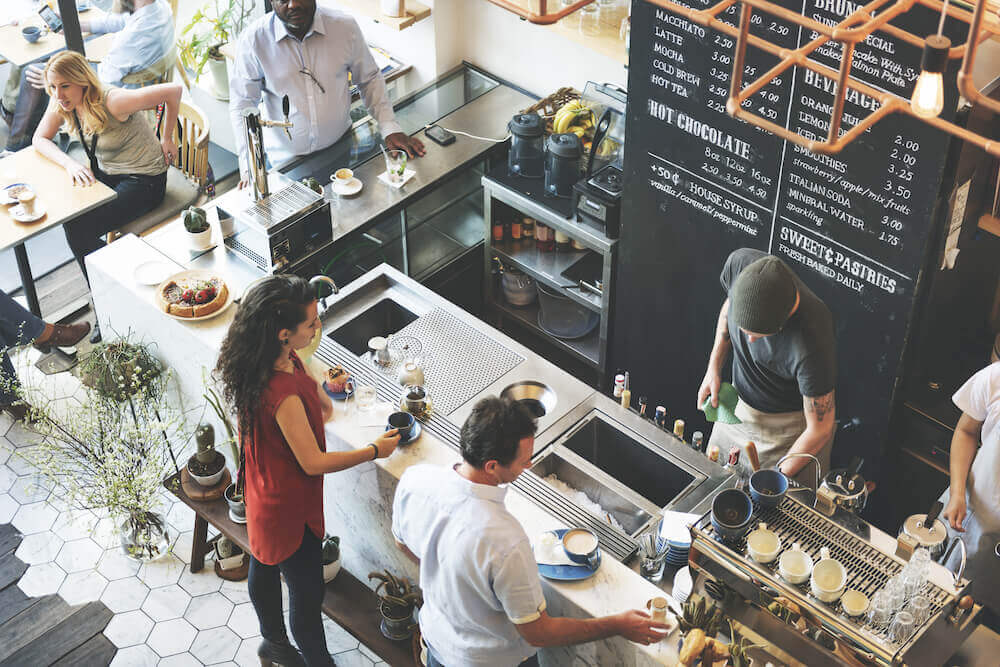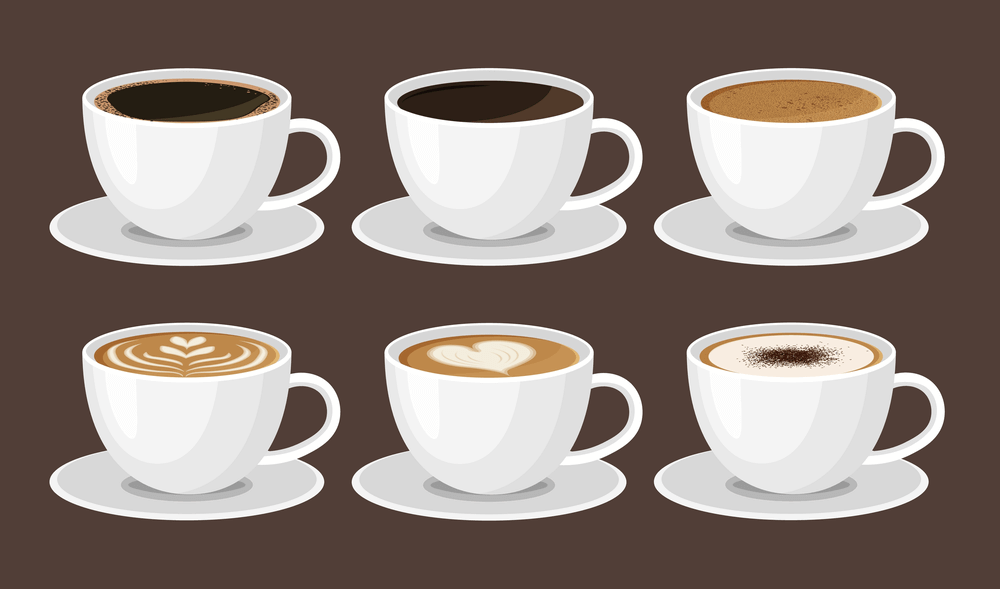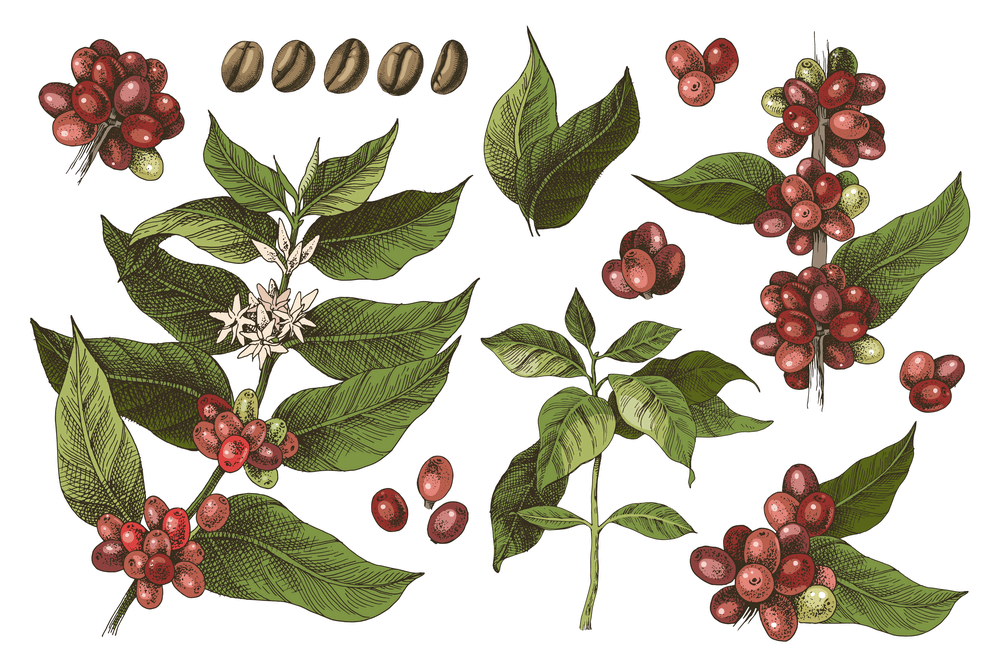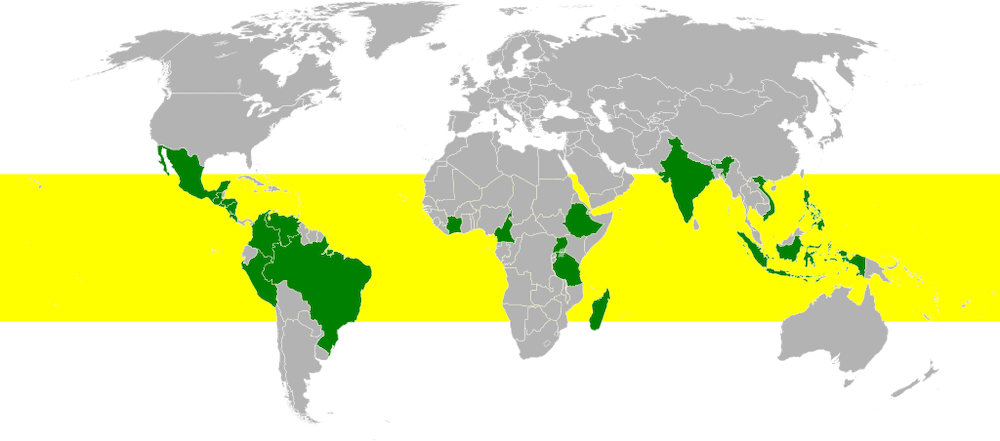Coffee culture: a thousand ways to brew and drink
Most of the drinks we associate with coffee today are relatively recent inventions. Let’s look at the endless variety of one of the world’s most popular beverages.

Nowadays, we tend to think of coffee as a choice between specific varieties: espresso, boiled, filtered, etc. Within these larger groups, there is even more diversity: cappuccino, americano, cold brew, or frappé… We’re accustomed to them, yet, most of the brewing and serving methods were invented in the 20th century.

Coffee houses have existed since people began to drink coffee: first in the 15th-century Middle East, then in 17th-century Europe, and finally spreading to the Americas and the rest of the world.
If you’d like to know more about the general outline of the drink’s history, consider checking out the related topic about coffee’s rise to popularity.
Here we’ll explore the specific kinds of coffee people have brewed and drunk through the centuries.
Arabica, robusta, or blend?
The coffee drink comes from roasted coffee beans, which are the seeds of the Coffea plant.

Like ordinary peaches or cherries, the coffee fruit comes with fleshy outer pulp and a hard stony seed inside (this kind of fruit is called a drupe or a stone fruit). So, coffee beans are not technically beans—but they look a bit like actual beans, and thus people call them that. The coffee fruit itself is called a “cherry.” When the cherry is ripe and ready to be harvested, it turns bright red. Since the 15th century, people have harvested coffee by hand, and in many countries, this is still the primary method.
The plant itself comes from Africa—most probably, from Ethiopia. However, it started gaining worldwide recognition from the Arabian peninsula, where Sufi monks imported it. That’s why the world’s most famous coffee bean variety is called Coffea arabica: European botanists, who named it, had never encountered this plant before the 16th–17th century.
Like other Coffea species, arabica is a tree that grows up to 15 feet (4.5 meters) tall—and double that in the wild. It does not like harsh climates, especially frost, requires some humidity, and prefers to grow at elevation. So it’s no surprise that the “bean belt”—the 20 largest coffee-producing countries—goes around the globe’s tropical and subtropical areas.

While other coffee plants bear fruit in 3–4 years, arabica is considerably fragile and can take up to seven years to harvest. That’s why it’s more expensive—but it is also considered higher quality. About 70% of the world’s coffee is, in fact, arabica. Some of its varieties (like Jamaican Blue Mountain) are among the most expensive coffee beans in the world. Arabica coffee has less caffeine, more sugars, and more fats. As a result, it tastes more acidic and richer—with notes of chocolate, nuts, and berries.
In comparison, Coffea canephora, coming from sub-Saharan Africa, is a less picky plant. Not as susceptible to pests and temperature changes, it can thrive on any elevation and in more humid tropical climates, producing much larger yields than arabica. It is, therefore, cheaper. You might know it by its other name: Coffea robusta, which reflects how robust and hardy it is.

However, coffee made from these beans tastes differently from arabica. It has more caffeine, and its flavor is more earthy, bitter, woody, and burnt than arabica.
For this reason, robusta mainly comes in instant coffee, espresso, and mixes—also called blends. 10–15% of robusta in a blend makes the drink more “full-bodied” and gives it a crema top.
Though less challenging and higher-yielding, robusta takes only about 30% of the global share.
Are there any other kinds of coffee?
Sure there are. For example, Coffea liberica (also known as dewevrei and excelsa) is native to western and central Africa. It became the main cultivated species in the Philippines and Malaysia.

However, the overall production of this variety stands for 1–2% of global yield, thus making it limited. Liberica beans, which are much larger than arabica and robusta, are sold for a higher price, with premium varieties being some of the most expensive coffees globally.
